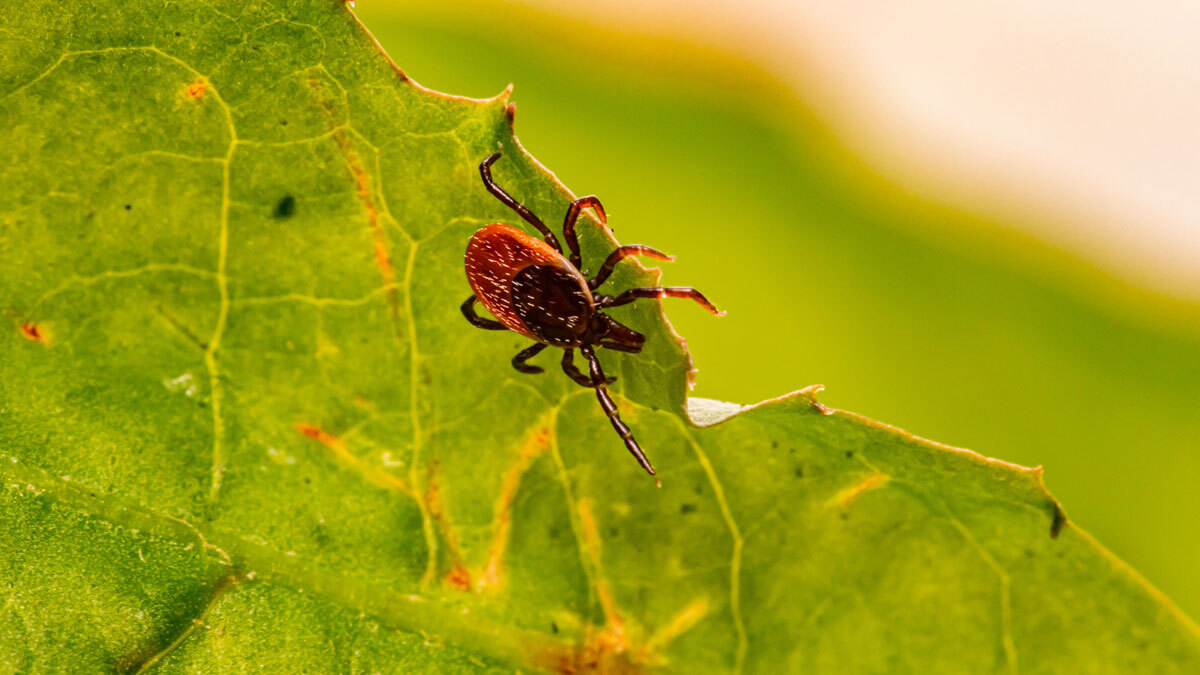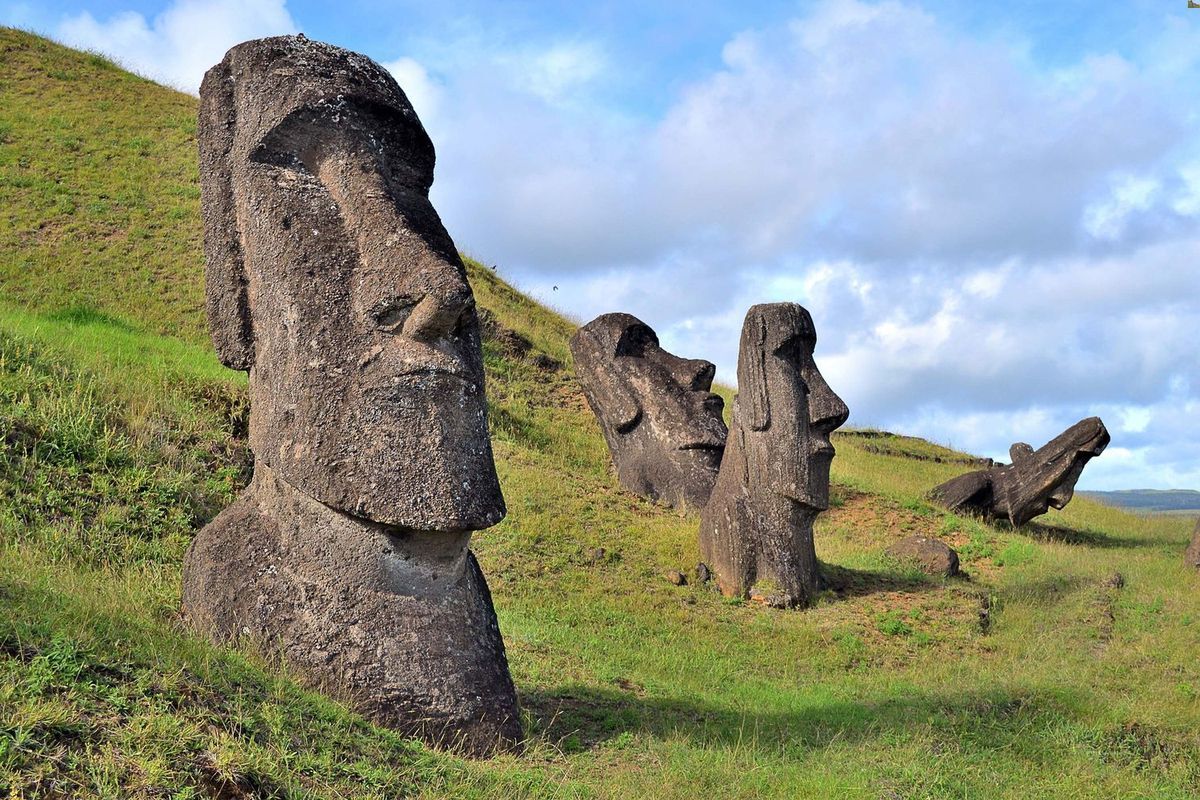
Parasitic relationships are fascinating yet complex interactions in nature. These relationships involve one organism, the parasite, benefiting at the expense of another, the host. Ever wondered how many types of parasites exist or how they impact their hosts? From tiny mites to large tapeworms, parasites come in various forms and sizes. Some live inside their hosts, while others attach themselves externally. These relationships can affect the host's health, behavior, and even survival. Understanding parasitic relationships helps us grasp the delicate balance of ecosystems. Ready to dive into 50 intriguing facts about these unique interactions? Let's get started!
Key Takeaways:
- Parasitic relationships are common in nature, with over half of all known species being parasites. They can have significant impacts on host organisms and human health, making them a fascinating and important aspect of the natural world.
- Parasitic relationships come in various forms, from altering host behavior to causing diseases. Understanding these relationships is crucial for controlling and preventing parasitic infections, which is essential for public health and the well-being of ecosystems.
What Are Parasitic Relationships?
Parasitic relationships occur when one organism, the parasite, benefits at the expense of another, the host. These interactions can be found across various ecosystems and species. Let's dive into some fascinating facts about these unique relationships.
-
Parasitic relationships are common in nature. Over half of all known species are parasites, making these interactions a significant part of the natural world.
-
Parasites can be found in every ecosystem. From deep oceans to dense forests, parasites have adapted to thrive in diverse environments.
-
Parasites often have complex life cycles. Many parasites require multiple hosts to complete their life cycle, making their survival strategies intricate and fascinating.
-
Some parasites can alter their host's behavior. For example, the parasitic wasp can manipulate a caterpillar to protect its larvae.
-
Parasitic relationships can be temporary or permanent. Some parasites only need a host for a short period, while others spend their entire lives attached to their host.
Types of Parasitic Relationships
Different types of parasitic relationships exist, each with unique characteristics. Here are some intriguing facts about these types.
-
Ectoparasites live on the surface of their host. Fleas and lice are common examples of ectoparasites.
-
Endoparasites live inside their host. Tapeworms and roundworms are well-known endoparasites.
-
Obligate parasites cannot survive without a host. They rely entirely on their host for survival, like the malaria parasite.
-
Facultative parasites can live independently. These organisms can survive without a host but may become parasitic if the opportunity arises.
-
Brood parasites trick other species into raising their young. The cuckoo bird is a famous example, laying its eggs in the nests of other birds.
Impact on Hosts
Parasitic relationships can have significant effects on the host organism. Here are some facts about these impacts.
-
Parasites can weaken their hosts. By draining nutrients, parasites can leave their hosts malnourished and vulnerable.
-
Some parasites cause diseases. Malaria, caused by Plasmodium parasites, is a deadly disease affecting millions worldwide.
-
Hosts can develop defenses against parasites. Over time, hosts may evolve mechanisms to resist or tolerate parasitic infections.
-
Parasites can influence host populations. By affecting the health and reproduction of their hosts, parasites can impact population dynamics.
-
Parasitic infections can lead to secondary infections. Weakened hosts are more susceptible to other diseases and infections.
Famous Parasitic Relationships
Some parasitic relationships are well-known due to their unique characteristics or impact on humans. Here are a few notable examples.
-
The relationship between humans and mosquitoes. Mosquitoes are vectors for many diseases, including malaria and dengue fever.
-
The parasitic relationship between mistletoe and trees. Mistletoe extracts water and nutrients from its host tree, often weakening it.
-
The relationship between the parasitic wasp and caterpillars. Parasitic wasps lay their eggs inside caterpillars, which then serve as food for the developing larvae.
-
The relationship between the vampire bat and mammals. Vampire bats feed on the blood of mammals, including livestock and humans.
-
The relationship between the parasitic barnacle and crabs. Parasitic barnacles can take over the reproductive system of crabs, effectively sterilizing them.
Evolution of Parasitism
Parasitism has evolved multiple times across different species. Here are some facts about the evolution of parasitic relationships.
-
Parasitism is a successful survival strategy. The ability to exploit a host provides a reliable source of nutrients and shelter.
-
Some parasites have lost unnecessary organs. Over time, parasites may lose organs that are no longer needed for their parasitic lifestyle.
-
Parasites can evolve rapidly. High reproductive rates and short life cycles allow parasites to adapt quickly to changes in their environment or host defenses.
-
Host-parasite coevolution is common. Hosts and parasites often evolve in response to each other, leading to an ongoing arms race of adaptations.
-
Some parasites have complex genetic adaptations. These adaptations can help them evade the host's immune system or manipulate host behavior.
Human Impact on Parasitic Relationships
Human activities can influence parasitic relationships in various ways. Here are some facts about this impact.
-
Climate change affects parasite distribution. Changes in temperature and precipitation can alter the habitats of both parasites and their hosts.
-
Deforestation can increase parasite transmission. Habitat destruction can bring humans and wildlife into closer contact, increasing the risk of parasitic infections.
-
Urbanization can create new opportunities for parasites. Dense human populations provide abundant hosts for parasites like bedbugs and lice.
-
Agriculture can influence parasite populations. Livestock and crop farming can create environments that support large populations of parasites.
-
Travel and trade can spread parasites. The movement of people and goods can introduce parasites to new regions, leading to outbreaks of parasitic diseases.
Parasites in Popular Culture
Parasitic relationships have captured the human imagination and appear in various forms of media. Here are some interesting facts about parasites in popular culture.
-
Parasites are common in horror movies. Films like "Alien" and "The Thing" feature parasitic creatures that prey on humans.
-
Parasitic relationships are explored in literature. Books like "The Host" by Stephenie Meyer and "Parasite" by Mira Grant delve into the concept of parasitism.
-
Parasites appear in video games. Games like "The Last of Us" and "Resident Evil" feature parasitic organisms as central plot elements.
-
Parasitic relationships are studied in documentaries. Programs like "Planet Earth" and "Life in the Undergrowth" showcase the fascinating world of parasites.
-
Parasites are a topic in educational materials. Textbooks and online resources often include information about parasitic relationships to teach biology and ecology concepts.
Unusual Parasitic Relationships
Some parasitic relationships are particularly unusual or surprising. Here are a few examples.
-
The parasitic relationship between the tongue-eating louse and fish. This parasite replaces the tongue of its host fish, effectively becoming its new tongue.
-
The relationship between the parasitic fungus and ants. The fungus infects ants and manipulates their behavior, causing them to climb to a high point before dying.
-
The parasitic relationship between the cuckoo catfish and cichlid fish. The cuckoo catfish lays its eggs among the cichlid's eggs, tricking the cichlid into raising its young.
-
The relationship between the parasitic nematode and crickets. The nematode causes infected crickets to jump into water, where the nematode can continue its life cycle.
-
The parasitic relationship between the liver fluke and snails. The liver fluke infects snails and manipulates them to move to exposed locations, increasing the chances of being eaten by the next host.
Parasites and Human Health
Parasitic relationships can have significant implications for human health. Here are some facts about this impact.
-
Parasitic diseases are a major global health issue. Diseases like malaria, schistosomiasis, and leishmaniasis affect millions of people worldwide.
-
Parasites can cause chronic health problems. Long-term infections can lead to conditions like anemia, malnutrition, and organ damage.
-
Some parasites are transmitted through contaminated water. Drinking or swimming in contaminated water can lead to infections by parasites like Giardia and Cryptosporidium.
-
Parasites can be transmitted through food. Eating undercooked or contaminated food can result in infections by parasites like tapeworms and Trichinella.
-
Parasites can be transmitted by insects. Insects like mosquitoes, ticks, and sandflies can carry and transmit parasitic diseases to humans.
Parasite Control and Prevention
Efforts to control and prevent parasitic infections are crucial for public health. Here are some facts about these efforts.
-
Insecticide-treated bed nets can reduce malaria transmission. Sleeping under these nets can protect people from mosquito bites that transmit malaria.
-
Water treatment can prevent parasitic infections. Filtering and treating water can remove parasites and reduce the risk of waterborne diseases.
-
Proper food handling can prevent foodborne parasites. Cooking food thoroughly and practicing good hygiene can reduce the risk of parasitic infections.
-
Vaccines are being developed for some parasitic diseases. Research is ongoing to create vaccines for diseases like malaria and schistosomiasis.
-
Public health campaigns can raise awareness. Educating people about the risks and prevention of parasitic infections can help reduce their impact on communities.
The Fascinating World of Parasitic Relationships
Parasitic relationships showcase nature's complexity and adaptability. From tiny mites to large mammals, these interactions highlight survival strategies that can be both brutal and ingenious. Understanding these relationships helps us appreciate the delicate balance within ecosystems. Whether it's the mind-controlling fungi or the blood-sucking leeches, each parasite plays a role in maintaining ecological harmony.
By studying these relationships, scientists can develop new medical treatments, pest control methods, and conservation strategies. It's a reminder that even the most seemingly unpleasant aspects of nature have their place and purpose. So next time you hear about a parasite, think about the intricate dance of life it represents.
Learning about parasitic relationships not only broadens our knowledge but also deepens our respect for the natural world. It's a testament to life's resilience and the endless ways organisms adapt to survive.
Frequently Asked Questions
Was this page helpful?
Our commitment to delivering trustworthy and engaging content is at the heart of what we do. Each fact on our site is contributed by real users like you, bringing a wealth of diverse insights and information. To ensure the highest standards of accuracy and reliability, our dedicated editors meticulously review each submission. This process guarantees that the facts we share are not only fascinating but also credible. Trust in our commitment to quality and authenticity as you explore and learn with us.


